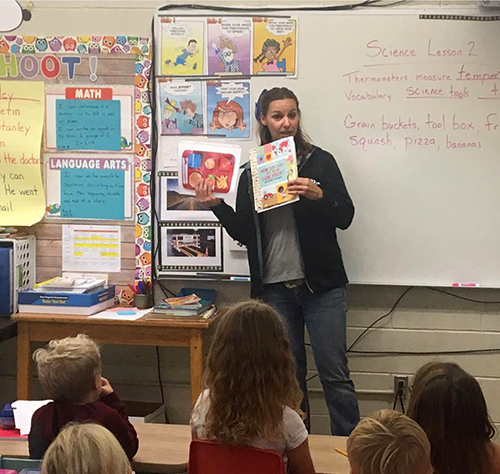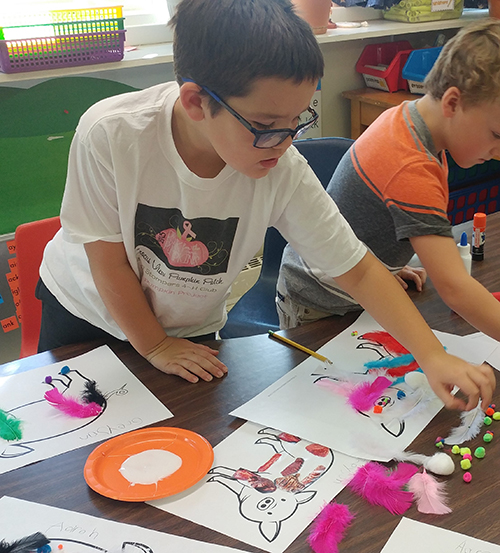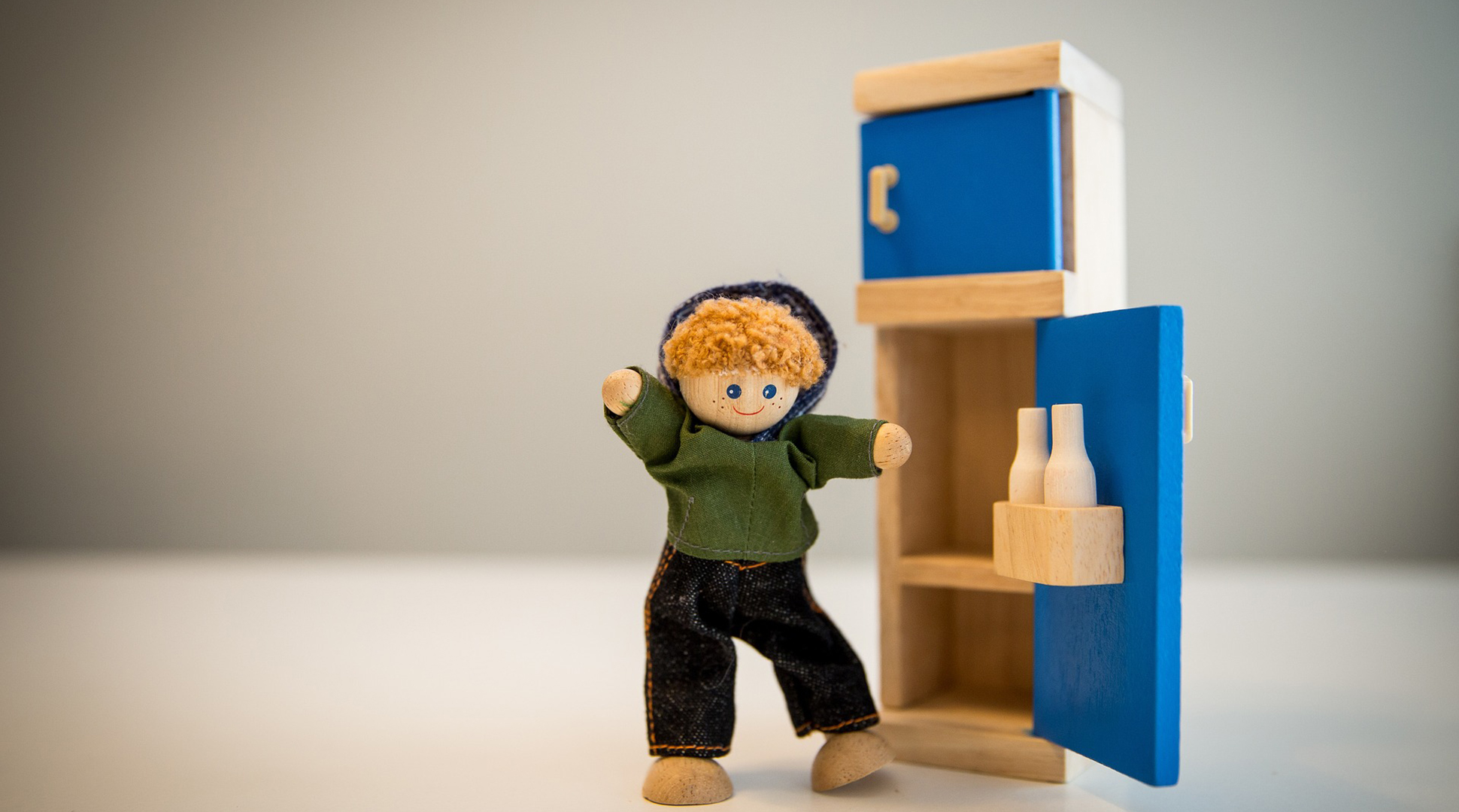By Carie Moore
I love fall! It's full of my favorite things – combines and coffee, pigs and pumpkins.
Combines are rolling to bring in the crop we stressed over, lots of coffee to keep warm and awake. It’s time for pigs to go to market and pumpkins are everywhere you look! All these things also involve agriculture.
It has been such a pleasure to go into the schools and get kids excited about farming and food. We’re lucky our schools have a rural connection, but it’s not like that everywhere, even here in North Dakota. Kids are influenced by billboards, TV commercials, social media, and what they hear from others.

For all of us who depend on ag, it’s so important that we take every chance we get to explain where bacon comes from and that food choices should be based on nutritional value (on the back) and not additional labels (on the front).
Just taking the time to explain that pasta salad contains many food groups – carbohydrates/grains, protein/meats, dairy, and vegetables – encourages better food choices at home. Getting them involved in a community or school garden teaches them to grow their own fresh food they like to eat. Teaching them that even with mac and cheese you can add canned tuna or chicken, peas or corn, and it’s now a meal with a nutritional punch instead of just a side dish.
Our work isn’t just about conservation and producing a commodity the best way, it’s also about education. I simply started in my children’s classrooms and it grew. Most teachers love the break for an hour and it gets their kids thinking and processing new information outside the norm. We work with adults every day and talk farming, so the interaction with the next generation is just, if not more, important. Isn’t that who we’re doing all this for?
We talk about sustainability and succession, tradition and family, but it’s not just about our family. The child sitting next to yours might not become a family farmer, but they might be a chef, teacher, banker, or parent and the influences they have now will shape the decisions they make later on. The more children know about agriculture, the better off we all are.
You see the wheels turning when you compare pork loin to a backstrap on a deer if they hunt or tell kids that pigs roll in the mud because they can’t sweat, and they say, “Like elephants?”
That’s when I know how important it is to be there, because my first thought is, “How come they know elephants don’t sweat, but not pigs?”
Ahhh yes, we have a lot of work to do!

